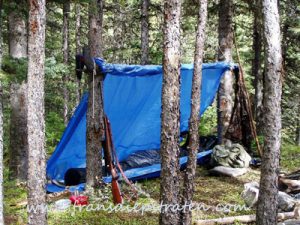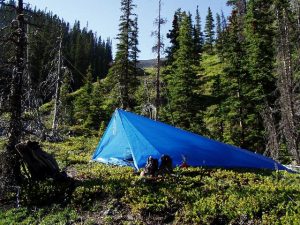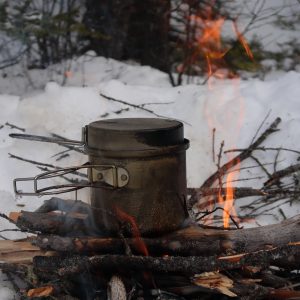 Arctic Red River, Gana River, Nahanni Butte, South Nahanni, Ram Head. Any sheephunter knows what we are talking about. NWT Outfitters, MacKenzie Mountains, Redstone River. Famous names, famous outfitters. Dall sheep, moose, caribou. The far North of the continent.
Arctic Red River, Gana River, Nahanni Butte, South Nahanni, Ram Head. Any sheephunter knows what we are talking about. NWT Outfitters, MacKenzie Mountains, Redstone River. Famous names, famous outfitters. Dall sheep, moose, caribou. The far North of the continent.
A few quick trips by jet and propeller plains will get you there, to the heart of the MacKenzie Mountains, Northwest Territories, Canada. A comfortable lodge in the middle of nowhere, and a crew of good people awaits. It’s like they have always been there, ready to provide a trip of lifetime to the traveling hunter who dreams of experiencing the North country.
If you had arrived there in the early 1960s, things would have looked slightly different. The Government of the NWT had just decided to open the MacKenzie Mountains to outfitted hunting, and the first pioneers were chosing their areas, and trying to figure out not only how to get there, and get their hunters in and out, but also how to establish a permanent presence in a place far from infrastructure and outside support.
Who were these folks, that jumped into this adventure with both feet? How did they cope? Who worked for them as their guides? What about the bush pilots, wranglers, cooks, government staff? What are their stories? Paul Deuling, in what must have been a gargantuan task, set out to document the history of the pioneers, the old-timers, while most of them are still around, as well as the adventures of those that came after them. Some stayed one or two years, others almost a lifetime, but all of them helped shape the outfitting in the industry in the NWT that it is now.
The 407 pages that this book is long are not enough to capture all the adventures. Many of the individuals portrayed in this book could likely write a book about their lives that would not be boring. In an attempt to be all-inclusive, no doubt sacrifices had to be made in terms of space.
At times, especially when describing the first few years of each outfit, the information relayed becomes a bit repetitive, but mostly this book provides a glimpse into a way of life that many of us secretly dream or have dreamed about at some point.
It is probably worth to own this book as a hardcover paper copy, just to leaf through it and look at the pictures. However, if you are cheap (like me) or on budget, it is also available as an e-book in Kindle format. In order to best show the photos that sometimes go across two pages, the e-book shows two pages at ones, reducing the font to a size that I cannot read without glasses on my iPad. I cannot imagine reading this on a phone or a small- sized reader.
You can order the book here or on Amazon.


